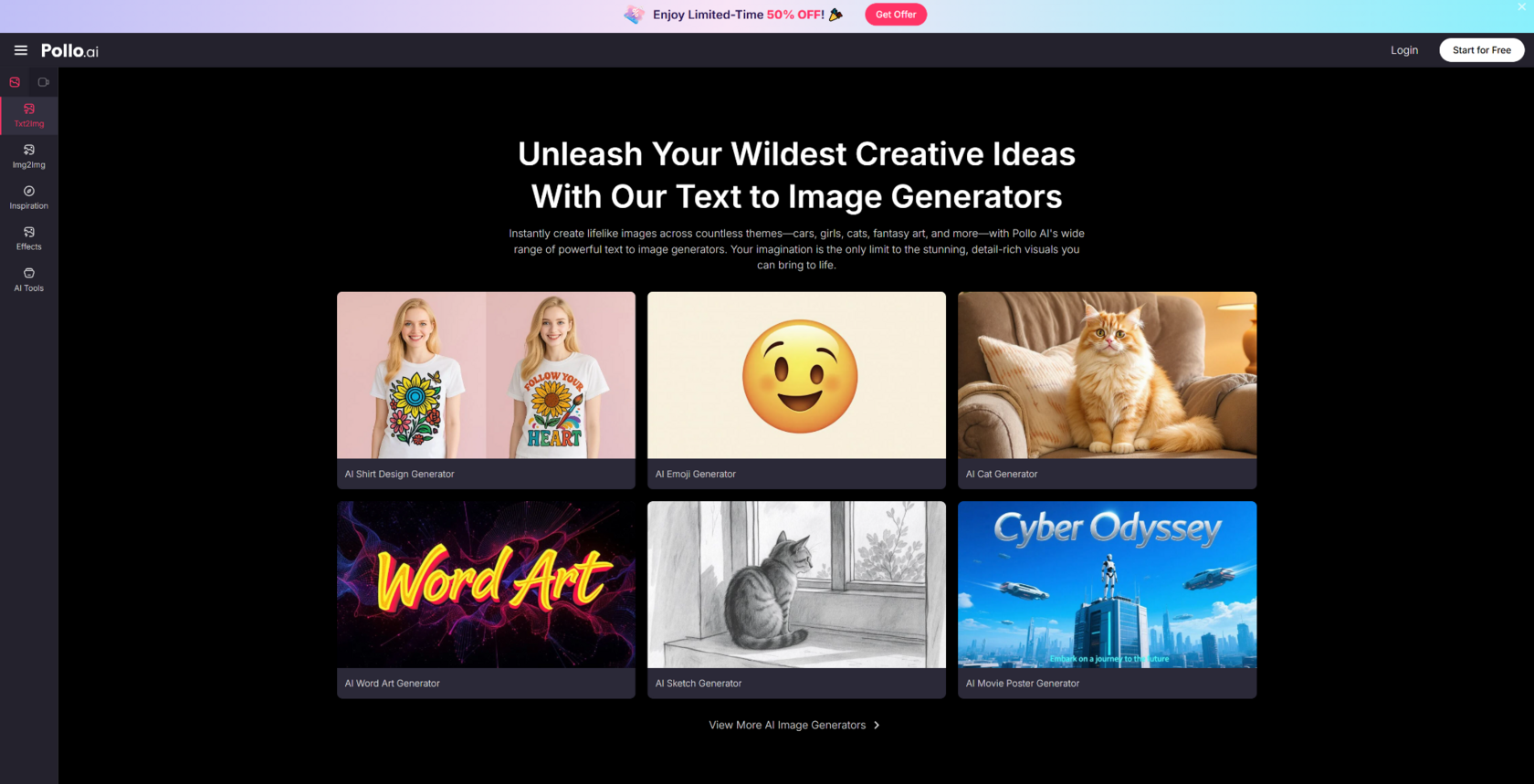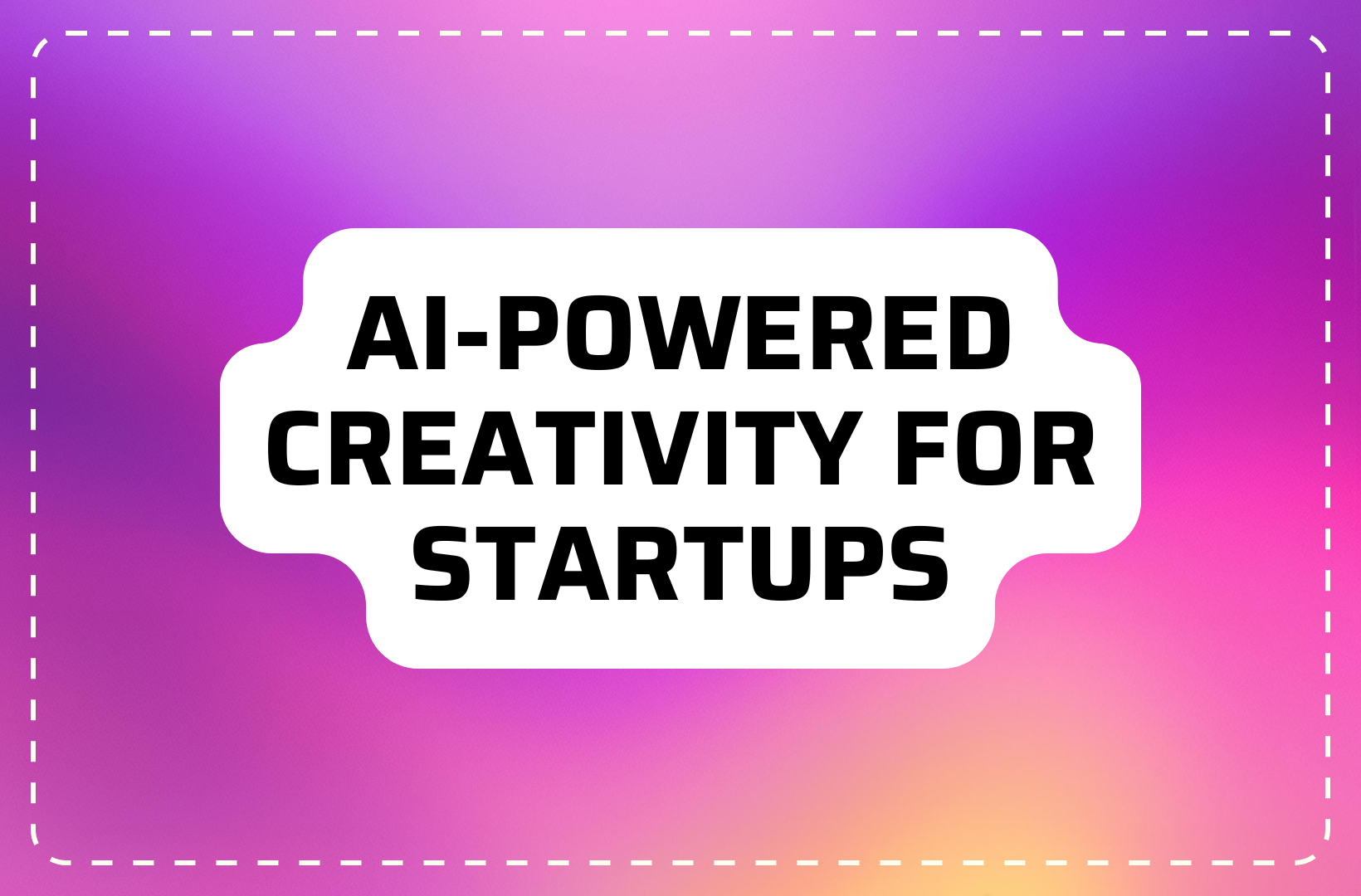If you’ve ever wished you could turn a sentence into a striking image, a free AI image generator makes that a reality. These tools interpret text prompts and synthesize visuals across styles: from photorealistic scenes to anime-inspired illustrations. What used to require specialized software and hours of manual work can now be done in minutes inside a browser, often at no cost to start.
This guide explains how online text-to-image tools work, what to look for in a free AI image generator, and how to get strong results.
What is an AI Image Generator?

A free AI image generator is a web-based tool that converts text descriptions into images. Many of these tools rely on diffusion models or transformers trained on large datasets of images and captions. You type a detailed prompt, choose a style or model, and the system generates a visual that matches your description. A free plan typically gives you a limited number of generations, standard resolution, or watermarked downloads, with paid plans unlocking higher resolutions, faster speeds, or commercial licensing.
Why an all-in-one platform matters
One of the most useful developments in this space is the rise of all-in-one platforms that unify multiple top-tier models behind a single interface. Instead of switching between tools to try different styles, you can select from models like GPT-4o, Google Imagen, Recraft, Ideogram, Stable Diffusion, and FLUX in one place. This consolidation speeds up experimentation, reduces learning curve friction, and lets you compare outputs quickly without exporting files or juggling accounts.
How a text-to-image generator works in practice
Most tools follow a straightforward workflow:
- Step 1: Enter your text prompt. Describe the subject, style, composition, lighting, and mood. The more specific and structured the prompt, the clearer the result.
- Step 2: Generate. The system runs your prompt through the selected AI model (and any LoRA you’ve chosen) to create one or more images.
- Step 3: Download or iterate. Save the image as WebP, PNG, or JPEG, or revise the prompt, change the model, or apply a different LoRA to refine the outcome.
Beyond text-to-image, comprehensive platforms also offer:
- Image to Image: Upload a reference image and guide the model to transform it while preserving core shapes or layout. Then you may need an image extender tool to expand the canvas or add surrounding context to existing visuals.
- Chat to Image: Iterate conversationally: describe changes in natural language and let the system update the image step by step.
- Specialized generators: For example, an AI movie poster generator that sets up size, composition, and typography-ready space.
Choosing the right model and LoRA
Each model has strengths:
- GPT-4o and Google Imagen: Often strong at following complex prompts, producing coherent, detailed scenes, and maintaining fidelity to the description.
- Stable Diffusion: Highly flexible, with wide community support and extensive LoRA options; good at stylized or experimental work.
- FLUX, Recraft, Ideogram: Useful for specific aesthetics, clean vector-like looks, or typographic control depending on the model’s focus.
If you’re using Pollo AI, you can access LoRA libraries. From there, browse LoRA models by theme and apply one to steer the output. LoRA stacks make it easier to hit a niche style without rewriting your prompt from scratch.
Use cases across industries and roles
Because text-to-image tools are general-purpose, they fit diverse workflows:
- Online influencers: Produce thumbnails, story covers, and quick concept visuals to keep a posting schedule active. Generate multiple variations, test engagement, and refine the style that resonates with your audience.
- Advertisers and marketers: Mock up campaign visuals, product hero images, or seasonal themes. Create several directional concepts before investing in bespoke photography or illustration.
- Animators and game creators: Rapidly ideate characters, props, and environments. Use image-to-image to evolve a sketch into a refined concept and maintain consistency through LoRA-guided styles.
- Creative artists and designers: Overcome creative blocks by visualizing rough ideas in minutes. Use generated images as mood boards, reference sheets, or starting points for mixed-media work.
Working with styles: from photorealism to Ghibli-inspired

Modern generators handle a wide range of aesthetics:
- Photorealistic scenes: Portraits, product renders, interior design mockups, landscapes.
- Illustration: Cartoon or anime styles, storybook art, clean flat design.
- Fantasy and sci-fi: Armor designs, mythical creatures, futuristic cityscapes.
- Studio or “Ghibli style” homages: Cozy palettes, soft lighting, and whimsical framing. When referencing well-known styles, aim for inspiration rather than direct imitation to avoid IP concerns.
If you need consistent character output across images, combine a base model with a relevant LoRA and keep prompt anchors consistent (e.g., “red scarf, freckled cheeks, short wavy hair, teal jacket”). Some creators store a “style bible” with recurring descriptors to maintain visual continuity.
Commercial use, licensing, and ethical considerations
Before using AI-generated visuals commercially, review the platform’s terms. Pollo AI allows commercial use with a paid plan; free plans are better suited to personal or testing scenarios. Additional considerations:
- Trademarks and IP: Avoid prompts that replicate protected logos, characters, or proprietary designs. Create original or clearly transformative works.
- People and likeness: Be careful with prompts that could resemble real individuals without consent. Avoid misleading use of photorealistic faces.
- Sensitive content: Respect platform guidelines on prohibited or restricted content. Maintain ethical standards in depictions of people, events, and culture.
- Disclosure: In contexts like advertising or journalism, consider disclosing that imagery is AI-generated where appropriate to maintain transparency.
Tips for stronger consistency across images
- Keep anchor descriptors: Reuse the same key phrases for recurring subjects or brands (colors, props, materials).
- Save seeds or settings: If the platform provides seeds, note them to reproduce the same noise initialization.
- Use image-to-image: Start from a previous generation to maintain pose and framing.
- Apply the same LoRA stack: Stick to a chosen LoRA combination to stabilize style across a series.
Final thoughts
A free AI image generator is a practical way to accelerate visual ideation and produce ready-to-share images with minimal overhead. Platforms like Pollo AI combine multiple leading models (GPT-4o, Google Imagen, Recraft, Ideogram, Stable Diffusion, FLUX) into a single workspace and add 2,000+ LoRA models to broaden creative control. Whether you’re an influencer building thumbnails, a marketer testing ad directions, a game artist roughing out characters, or a designer breaking through a creative block, an online text-to-image workflow can help you move from idea to image quickly.
As with any creative tool, approach AI image generation thoughtfully. Write clear prompts, iterate intentionally, respect licensing and ethics, and refine outputs with light post-processing. Start with a free plan to learn the interface, explore models and LoRA options, and assess fit for your use case. If the results align with your goals, upgrading for higher resolution and commercial rights is a straightforward next step.
FAQ
What is an AI image generator, and how can it benefit startups?
An AI image generator is a tool that converts text prompts into images using machine learning models. For startups, this technology allows for quick creation of marketing materials, prototypes, or presentations, reducing costs and time. Entrepreneurs can turn abstract ideas or concepts into visuals that enhance pitches and branding efforts effortlessly.
How do free AI image generators help with limited budgets?
Free AI image generators offer startups an affordable way to experiment with visual content without investing heavily in design software or hiring professionals. Many offer usable features such as standard resolutions and style options. This is ideal for bootstrapped entrepreneurs looking for cost-effective and professional visuals.
What should I consider when choosing an AI image generator?
Consider the platform’s supported models, customization features, ease of use, and licensing terms. Startups may benefit from tools offering diverse styles, high-resolution outputs, and commercial usage rights. Platforms with multi-model integration save time by consolidating different creative options under one interface.
How can startups use text-to-image tools effectively?
Startups can use these tools to create branding assets, prototype product visuals, or craft compelling social media posts. By crafting clear, specific prompts, founders can ensure that the generated visuals align with their brand message and capture the attention of their target audience.
Which industries benefit most from AI-generated images?
AI-generated images are versatile and useful across various sectors like marketing, gaming, e-commerce, and content creation. For instance, marketers can design ad creatives, while game developers can quickly conceptualize characters and environments. The adaptability suits startups innovating in creative or visual fields.
What are LoRA models, and why are they relevant for startups?
LoRA models (Low-Rank Adaptation) are pre-trained layers that modify machine learning models to target specific styles or subjects. Startups can use them to streamline consistency in branding or speed up experimentation in niche aesthetic markets, ensuring their visuals stand out.
Can startups use AI-generated images for commercial purposes?
Yes, but it depends on the platform. Free tools may limit features like resolution or include watermarks, while paid plans often include commercial rights. Always review the licensing terms to ensure compliance and protect your startup from legal complications.
How do AI image generators compare to traditional design methods?
AI image generators significantly reduce the time and skills required to produce professional designs. Startups no longer need to rely solely on graphic designers or wait for revisions. However, they might still require minor tweaks for optimal results, combining AI efficiency with human creativity.
Are there ethical considerations when using AI-generated images?
Yes, startups should avoid creating misleading visuals, infringing on copyright or trademarks, and generating sensitive or unethical content. Clear communication that imagery is AI-generated can foster trust and maintain brand transparency.
What’s the entrepreneurial edge of adopting AI image tools early?
Startups that leverage AI image tools early gain an edge by streamlining design workflows and staying agile in content creation. This adaptability enables quicker market testing, faster iteration on product visuals, and stronger brand storytelling, crucial for scaling and investor engagement.


